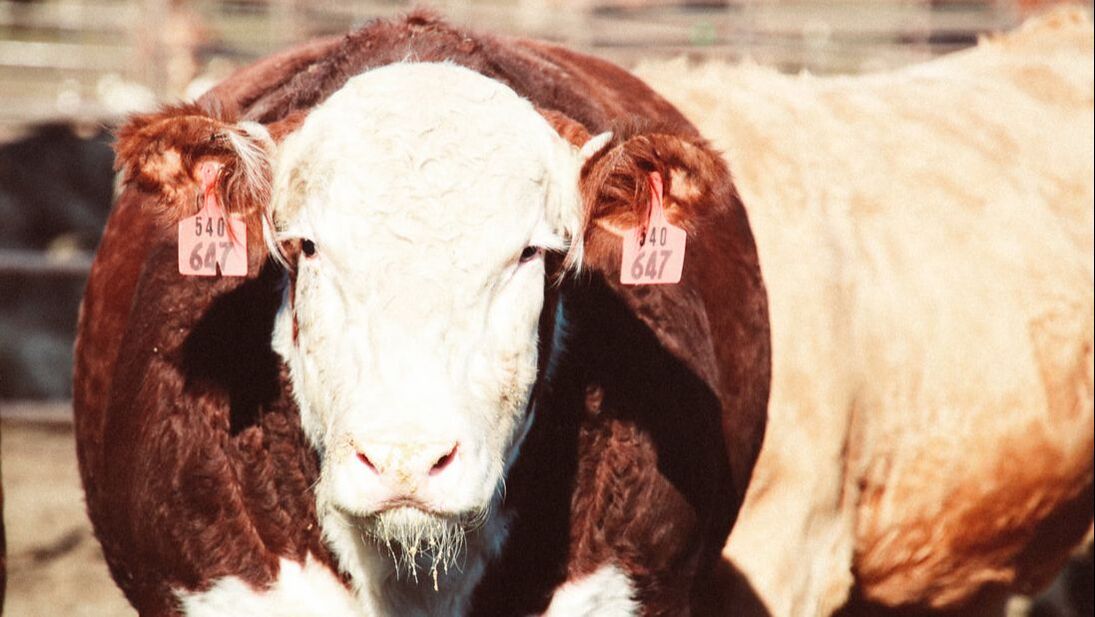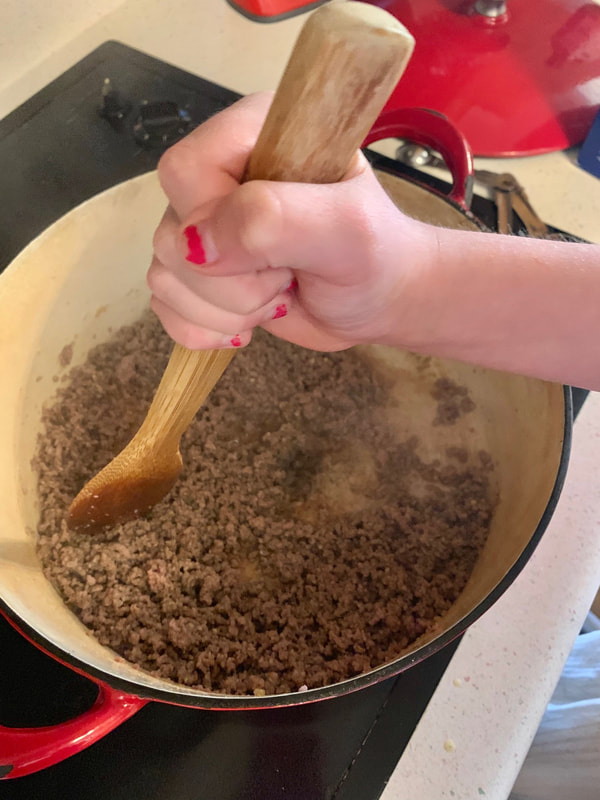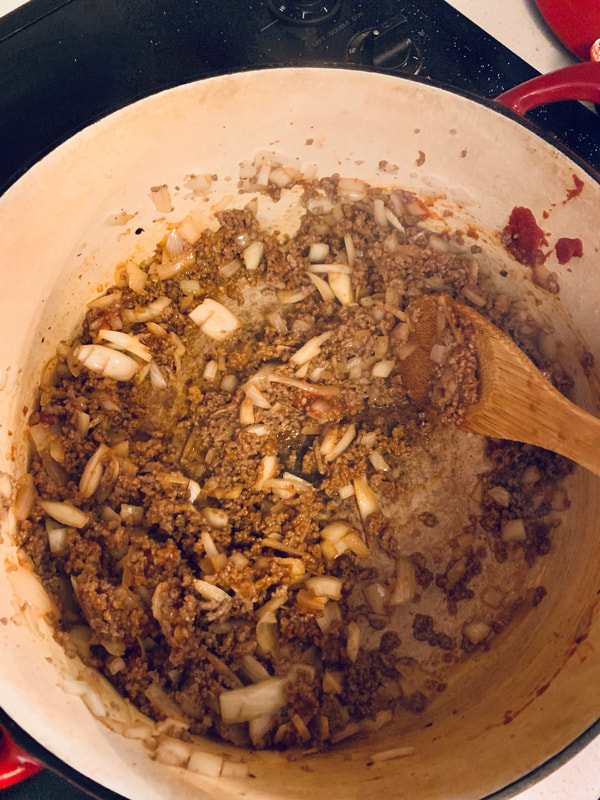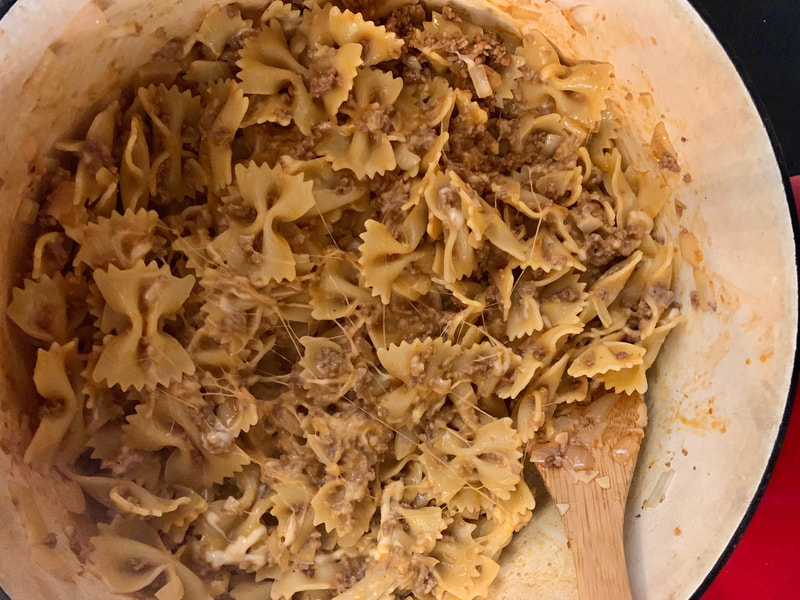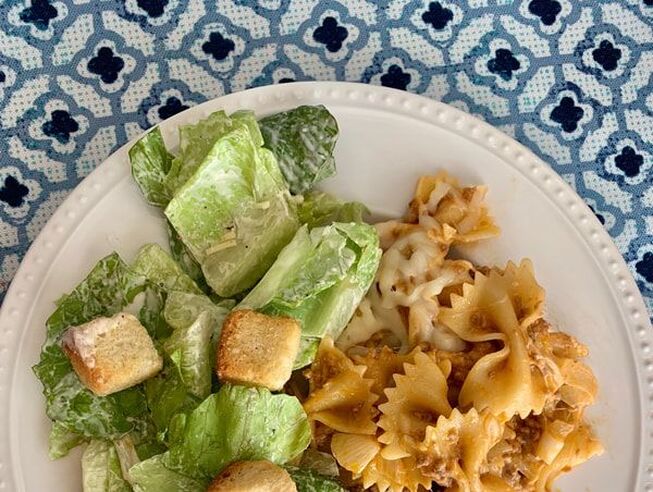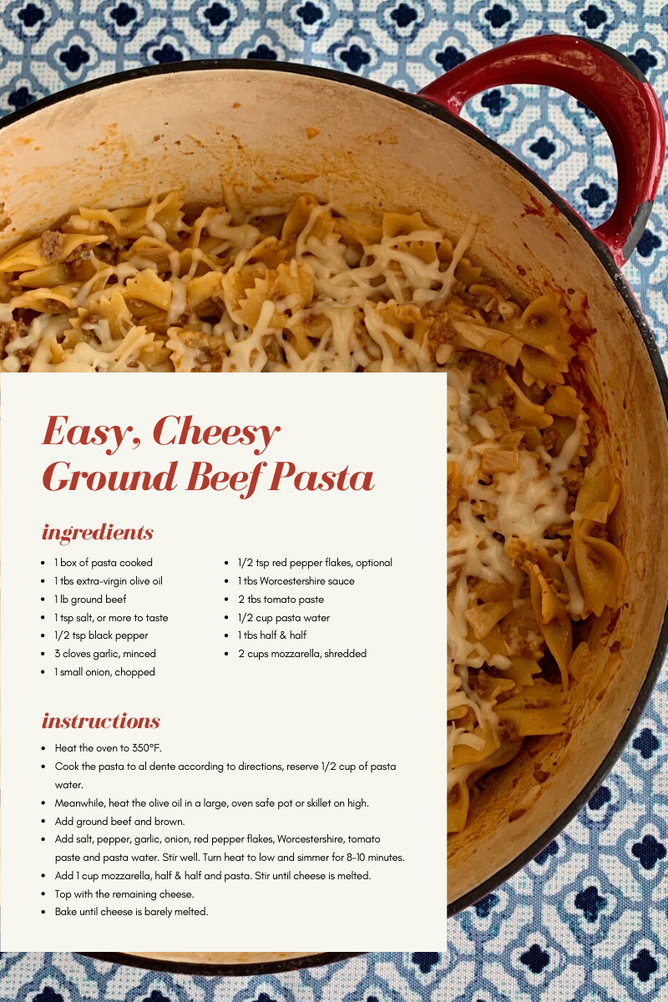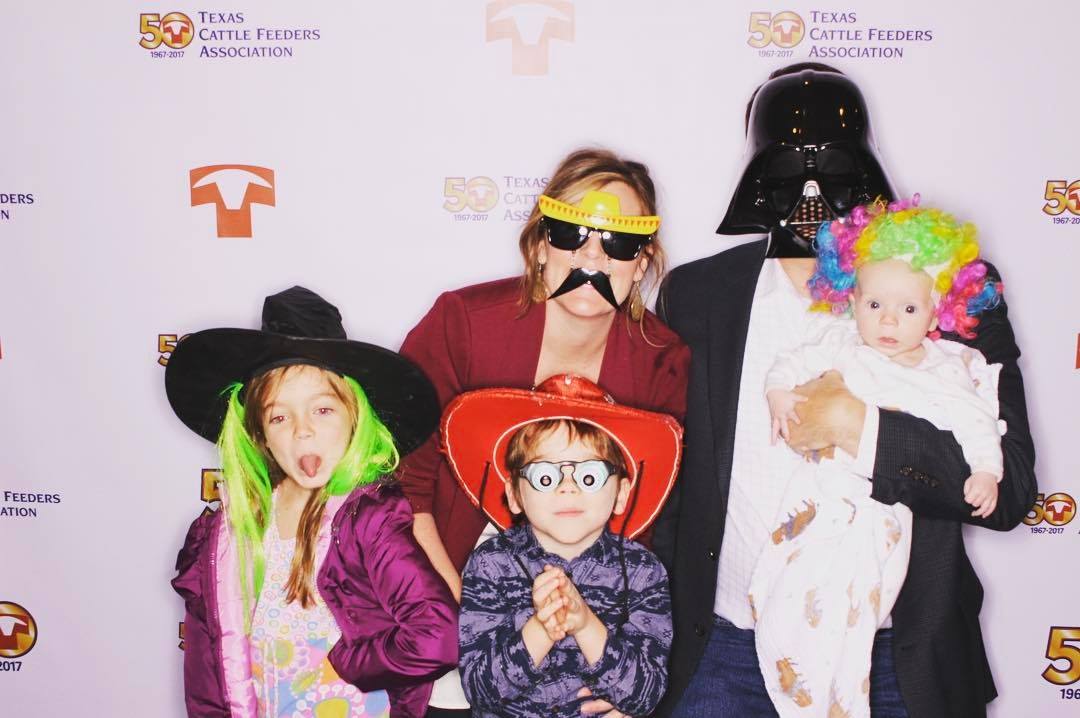|
Raising beef responsibly is a top priority for cattle feeders which is why they utilize practices that are good for the environment. Improved efficiency means a lower carbon footprint and fewer natural resources used for every pound of beef.
Agriculture, land use, land use change and forestry combined in the U.S. are a net sink of CO2 equivalent emissions, meaning they remove more metric tons of CO2 from the atmosphere than they emit.
Other Cattle & Climate Facts
1 Comment
Amarillo, Texas - The Texas Cattle Feeders Association (TCFA) today called on U.S. Agriculture Sec. Sonny Perdue to remove payment limitations on producers that have suffered extraordinary losses as a result of the COVID-19 pandemic.
“We are grateful for Sec. Perdue’s support of U.S. agriculture and the cattle industry during these unprecedented times, and appreciate USDA’s payment assistance,” Paul Defoor, TCFA chairman, said. “We understand that USDA is in the difficult position of allocating assistance levels for each segment of agriculture; however, the $125,000 payment limit per commodity fails to recognize the size and scope of the many cattle operations in Texas and across the nation. The proposed limit will preclude most cattle feeders in Texas, Oklahoma and New Mexico from receiving any meaningful assistance relative to their actual losses.” Earlier this month, a study led by Dr. Derrell Peel with Oklahoma State University projected market losses of $13.6 billion for cattle producers — $247.15 per head for cow-calf producers, $159.98 per head for stocker operators, and $205.96 per head for cattle feeders. TCFA members annually market more than 6,000,000 fed cattle or 28% of the nation’s fed beef. Under proposed payment limitations, the average TCFA feedyard (35,000 head capacity) will recoup less than 1% of actual losses. In addition to feedyard losses, the average producer who owns and markets 2,500 head of cattle in a custom feedyard will recover less than 25% of their loss. A mere 600 head will hit the $125,000 payment limit. “Our industry is facing unprecedented times in the wake of market disruptions. While the relief is welcomed, the caps simply aren’t substantial enough to stabilize the cattle feeding industry — an essential component of our nation’s food supply,” he said. Current USDA disaster assistance programs, including the Emergency Assistance for Livestock andthe Livestock Indemnity Program, do not impose payment limitations due to the extraordinary and unforeseen nature of producer losses. “USDA has precedence for not establishing payment limitations on producers who have suffered extraordinary losses as a result of disasters. Disaster assistance in response to COVID-19 should be no exception,” Defoor said. Background on USDA Assistance On April 19, 2020, USDA announced the $19 billion Coronavirus Food Assistance Program (CFAP). The program uses funds provided in the Coronavirus Aid, Relief, and Economic Security Act (CARES), the Families First Coronavirus Response Act (FFCRA), and other USDA existing authorities. The program provides $16 billion in direct support based on actual losses for agricultural producers where prices and market supply chains have been impacted by COVID-19. This includes $9.6 billion for the livestock industry, specifically $5.1 billion for cattle. ### Texas Cattle Feeders Association (TCFA) represents the cattle feeding industry in the three-state region of Texas, Oklahoma and New Mexico. This area, known as Cattle Feeding Country, is the largest cattle feeding region in the U.S. A multi-billion-dollar industry, it annually markets more than 6 million fed cattle – approximately 28 percent of the fed cattle produced in the United States.
By: Carmen Fenton, TCFA Director of Communications
As the global population continues to grow, so will our need for a sustainable, nutritious, affordable supply of protein. Beef provides more nutrients in fewer calories than many other food choices. For example, a 3 oz. serving of beef contributes over 50% of the daily value of protein and is also an excellent source of zinc, vitamins B6 and B12, niacin, phosphorus and a good source of iron in about 170 calories. To get that same amount of protein you’d need to eat six tablespoons of peanut butter (564 calories) or three cups of quinoa (666 calories). But it’s not just the role beef plays in human nutrition that is important. Indeed, modern beef production is also good for the planet. The way beef is produced in the U.S. is incredibly efficient and should be looked to as an example for the rest of the world. In fact, U.S. beef has one of the lowest carbon footprints, 10 to 50 times lower than some nations. What is continuously distorted and misrepresented by anti-meat activists is the environmental impact of cattle in the U.S. According to the Environmental Protection Agency, Greenhouse gas (GHG) emissions from cattle only account for 2%. This number is low. And while there’s always room for improvement, one must recognize that all food production, and frankly all human activity, results in some sort of emissions. But not all food has the same nutrient packed, staying power as beef. It’s also important to know that cattle are ruminants, meaning they are specially equipped with four stomach compartments, the largest being the rumen. Why is this important? Because the rumen microbes give cattle the unique ability to upgrade plants that have little to no nutritional value to you and me into high-quality protein and micronutrients that humans need. Nowhere is this biological phenomenon on grander display than at the feedyard. Feedyard nutritionists curate precise rations for cattle during specific times of their lives using plant and plant byproducts that aren’t edible by humans. This allows for optimal growth and comfort using the least amount of natural resources possible. There is not a single vegan or vegetarian in the world I’ve convinced to eat beef based on these words alone. And that’s not my intent. The great thing about America is that we, the consumer, have choices. Know this: regardless of what foods you choose to nourish your body, the way cattlemen produce beef in the United States is good. It’s good for the economy; it’s good for your health; and it’s good for the environment. Cattle are not the problem, but part of the solution. Let’s celebrate that.
For Randy Shields, understanding his employees is the key to ensuring the utmost care for 50,000 head of cattle at Wrangler Feedyard. A general manager for almost 10 years, Shields emphasizes teamwork to create and execute feedyard operations each day.
“We all work together. We've got to get the cattle fed. They've all got to be watered. The pens need to be rode. It takes teamwork to make that happen,” Shields says. “Understanding people's strengths and weaknesses, even understanding your own is probably the biggest key to me. You have to make sure you're able to see that, place the right people in the right places, and then let them do their job.” Shields’ passion for people and the industry stems from his upbringing at the family ranch, his college education and 21 years of experience. He began working for Cactus Feeders after graduating from West Texas A&M University. Since then he has worked as cattle foreman, feed foreman, mill manager and assistant manager. In his current role he oversees all aspects of the feedyard from the cattle and feed departments to the yard crew and office management, an ideal role for Shields given his diverse past work experience.
“You've got the mill producing the feed. You've got the feed delivery department delivering the feed. You've got the cattle department going out and doing the daily duties of riding pens, taking care of the cattle,” he says. “Of course, at the end of the day, all these things come together. We do what we do to take care of the cattle.”
Although Shields’ job revolves around managing employees and overseeing day-to-day operations, his passion for the industry extends outside the feedyard. Wrangler Feedyard hosts over 100 tours a year. Teaching groups from across the world about U.S. beef production is something Shields says is crucial. “I think a challenge we have today is that only two percent of the population is involved in agriculture. Making sure folks are informed of what we do, why we do it, and how we do it is a very important thing,” he says. “That’s the reason we do tours. We have a story to tell. If we don't tell it, somebody else will tell it for us.” Spend a morning with Shields and you’ll quickly learn the amount of enthusiasm and commitment he puts toward managing the people and cattle under his care. He’s the quintessential man in charge — diligent, positive and willing to work with others to achieve success. “I enjoy working with people. I love knowing that the product we're producing is the highest-quality protein source on the market,” he says. “Call it cliché, but we’re helping feed the world. All of us working toward the same goal to create a wholesome product that we can send to the public is pretty amazing.”
Madeleine Bezner is the communications coordinator for the Texas Cattle Feeders Association. She grew up in Dalhart, Texas where her family owns and operates a feedyard.
I've done hard things in life. Had three kids. Learned to pull a horse trailer. Hiked through The Narrows in Zion National Park. You get the picture.
But cooking three meals a day while quarantined with my kids and husband has been a true test of my skills. There are lots of people out there who find great joy in cooking. I am not one of them. In order for me to be successful in the kitchen, I need recipes that are fast, easy, wholesome and will please all FIVE of my people.
Enter the easiest, cheesiest ground beef pasta you’ve ever made in your life. The base of this recipe is from The Midnight Baker, but I've made some minor adjustments along the way. Y'all, this recipe is soooo good yet so easy that I talked my nine-year-old into playing chef for all of us. Win. Win.
First things first - the ingredients. You will need a pound of ground beef. Ground beef is a staple in our house because it is affordable AND nutritious providing protein, zinc and iron. It's good for your brain and helps boost your immunity. You can buy it in bulk, break it up into 1 lb chunks and freeze it so you always have it on hand.
You'll also need cheese, pasta, a handful of seasonings and a great pot that can move easily from the stove to the oven. A pot like this will change your life. I took a pic of all the ingredients, but realized I left out the salt and the half & half because I'm crazy like that. You DO NOT want to forget the salt or the half & half.
Next, get your pot, put it on the stove, and turn it up to high. Then get a stool. Then bribe your kid to do the hard stuff. Any kid will do as long as they understand this is not a game. This is supper. It helps if they can do the dishes after.
Get that olive oil hot, then plop your pound of ground beef with caution and listen to it sizzle. I'm using 80/20 because it was the only thing at the store, but any fat ratio will do. Break that ground beef up and keep stirring until it is good and brown. Turn your heat down to medium. Make sure your nails are painted.
Add your salt, pepper, garlic, onion, red pepper flakes, Worcestershire, tomato paste and pasta water. Give it a really good stir, put the lid on, turn your heat to low and let simmer for about 8-10 minutes.
Once it's simmered, take 1 cup of your cheese and toss it in. Add the half & half and pasta. Then mix gently until your cheese is melted and all gooey looking. The final step is to sprinkle the remaining cheese on top and put the pot full of cheesy, beefy goodness right into a 350 degree oven just long enough to barely let the cheese melt on top. Keep a close eye as to not burn it. It usually takes less than five minutes.
That's not true. The final step is to serve it up and watch everyone devour it.
Carmen Fenton is the communications director for the Texas Cattle Feeders Association. She's also mom to Ella Jane (9), Hays (8) and Lane (2).
|
Categories
All
Archives
June 2024
|
About TCFA |
Get Involved |
|



